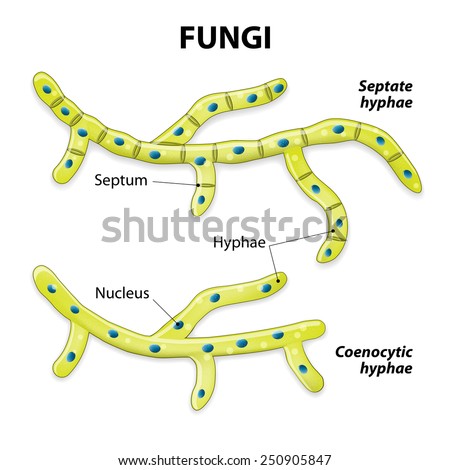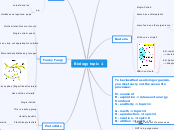Biology topic 1
Animals
Multicellular
No cell wall
No chloroplasts THEREFORE can't photosynthesisze
store carbohydrates as glycogen
Nervous communication so can move from place to place
E.G.
Mammals: humans
Insects: housefly or mosquito
Bacteria
Single-Celled
Some have chloroplasts
some feed on other organisms
If living, bacteria is a parasite
If they are dead, bacteria is a decomposer
All have a cell wall

DNA in nucleoid
E.G. rod-shaped
--> Lactobacillus bulgaricus
E.G. Spherical-shaped
--> Streptococcus
To be classified as a living organism,
you must carry out the seven life processes:
M- ovement
R - espiration -> release of energy from food
S - ensitivity -> topic 11
G - rowth -> topic 13
R - eproduction -> topic 12
E - xcretion -> topic 10
N - utrition ->topic 5 + 6
Viruses
DO NOT Carry out life processes
NOT living organisms
Do not carry out life processes Except reproduction BUT only when in a living host organism
Much smaller than bacteria
No cellular structure
No cell membrane, just a protein coat
E.g. Influenza, HIV,Ebola etc.
PATHOGENIC IN ALL ORGANISMS
Plants
Multicellular
Cellulose cell wall
Contains chloroplasts THEREFORE can photosynthesise
Store carbohydrates as starch and sucrose
e.g.
cereals: maize
Herbaceous legumes: peas
NB legumes means to fix
nitrogen out of the atmosphere
Funky Fungi
Multicellular: Mucor or mould
Single celled: yeast
no chloroplasts so carry out saprotrophic nutrition
Secretes extracellular enzymes
which break down large , insoluble
molecules into small, soluble molecules
which the fungi then absorbs.
Store carbohydrates as glycogen

Fungi form hyphae (finger like structures)
Have chitin cell walls
Protoctists
Single-Celled
This is a dump group
Usually aquatic
Plant-like protoctists
E.g. Chlorella
Animal like

E.g. Plasmodium (causes malaria)
